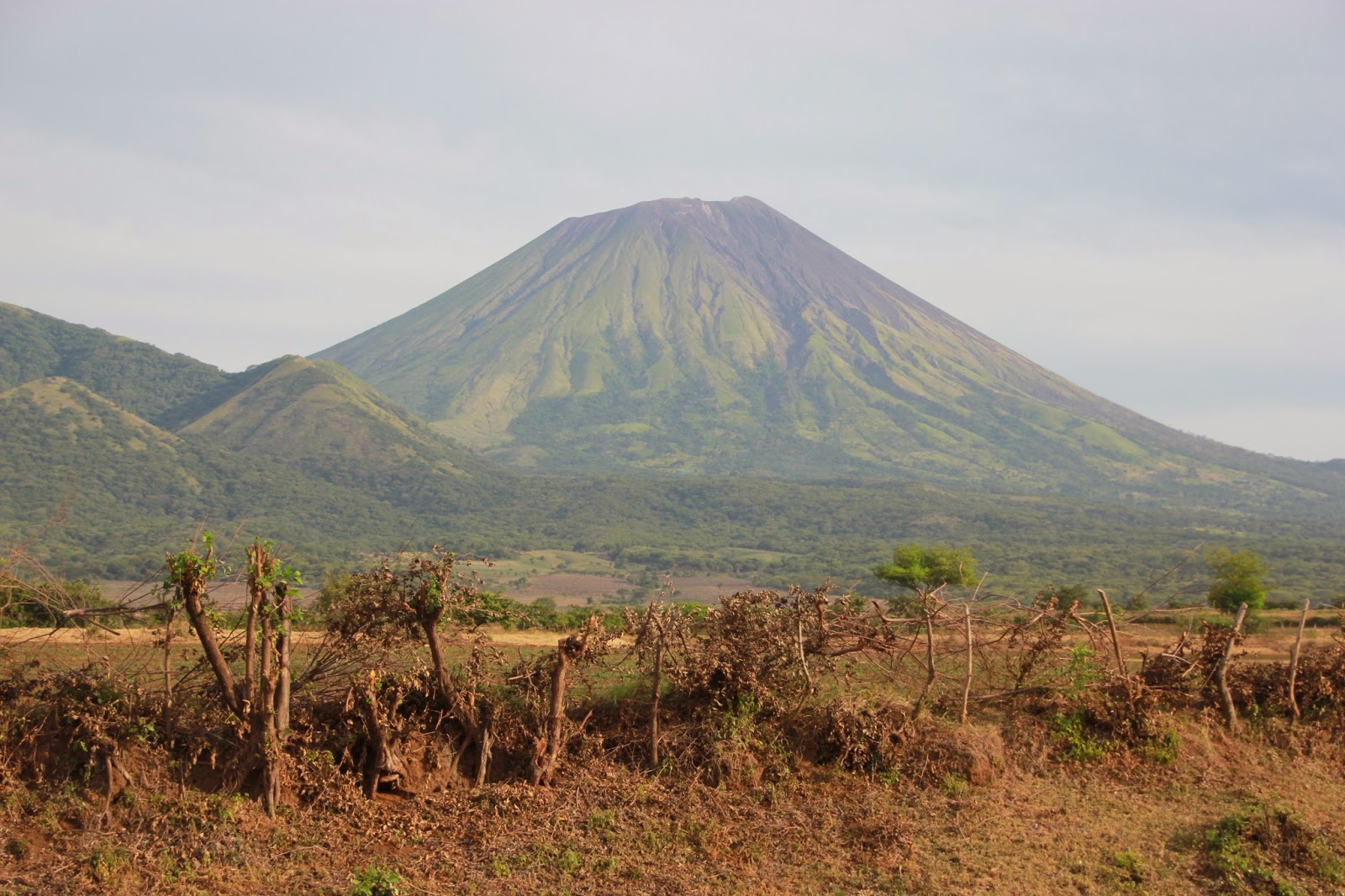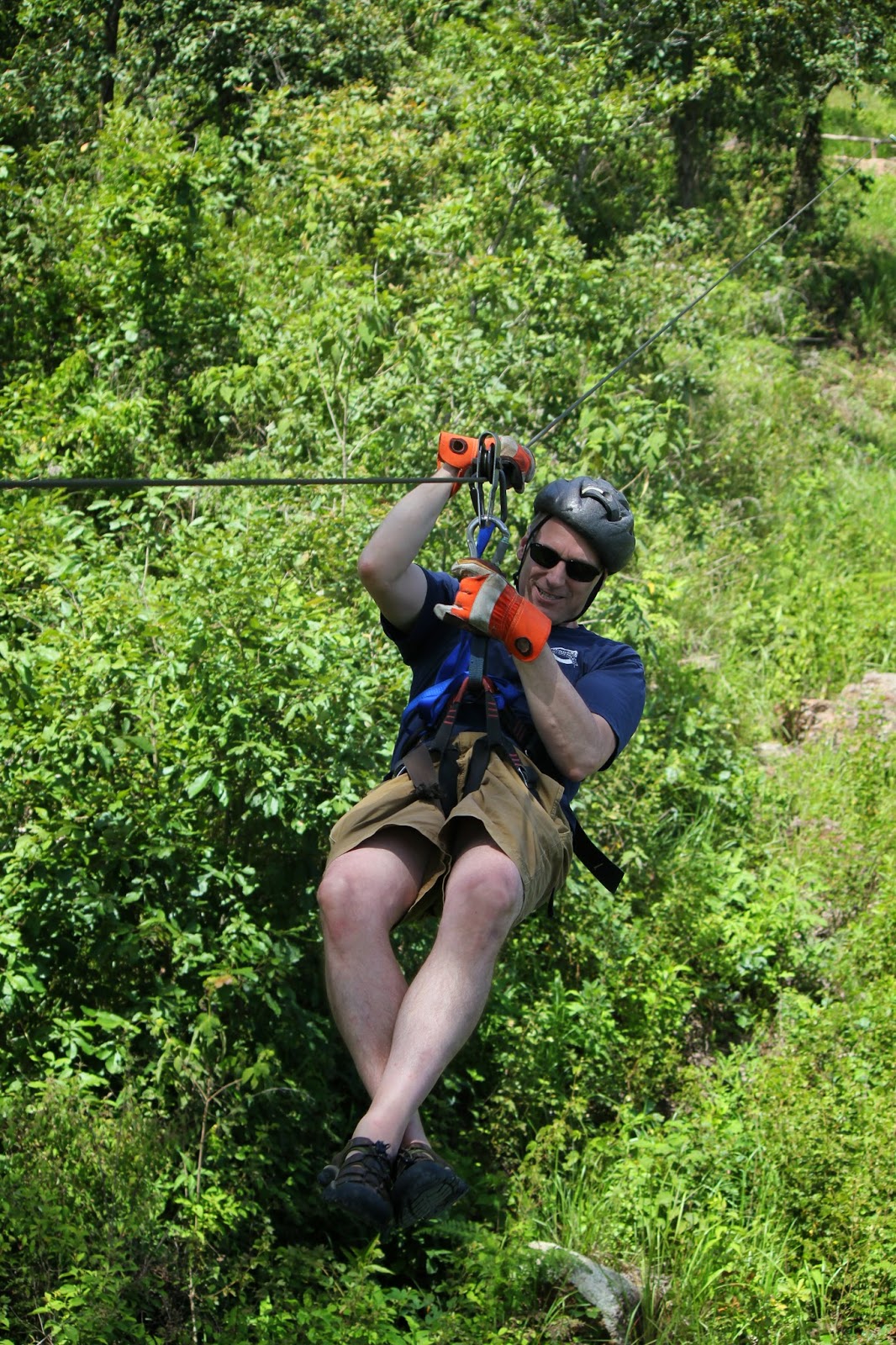San José is the capital of Costa Rica and the nation's largest city. Located in the Central Valley, San José is the seat of national government, the focal point of political and economic activity, and the major transportation hub of this Central American nation. The population is 365,799 though the metropolitan area stretches beyond the canton limits and comprises a third of the country's population.
Culturally, the city is a mix of history and modernity, but can be considered almost entirely European influenced, in part because of Spanish immigration soon after Costa Rica's discovery by Christopher Columbus. Also, the privileged classes often studied in Europe during the nineteenth century and early twentieth century. This can be seen in the architecture of the city, namely theaters, museums and houses in the city center.



















































